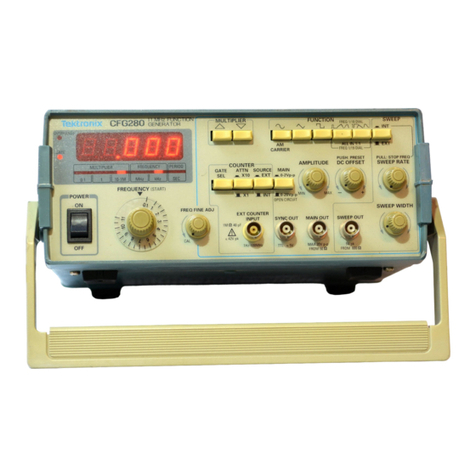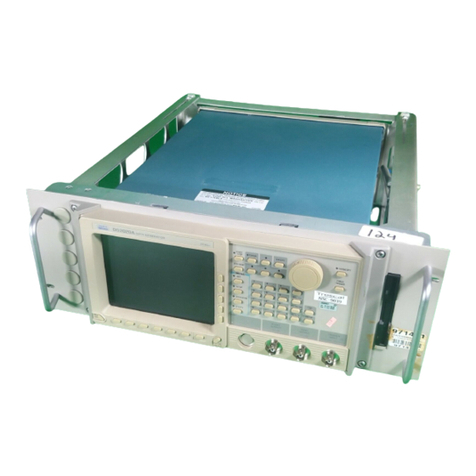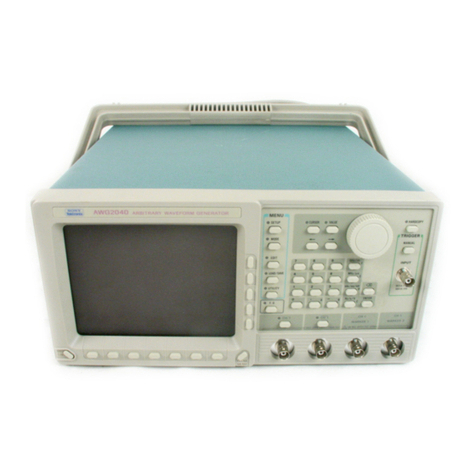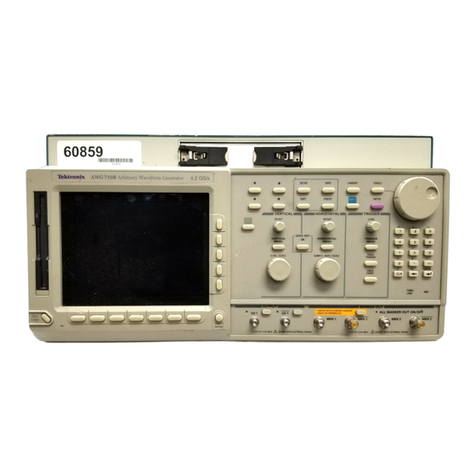Tektronix PG 506 User manual
Other Tektronix Inverter manuals

Tektronix
Tektronix DG2030 User manual

Tektronix
Tektronix TG700 Use and care manual

Tektronix
Tektronix AFG1022 Use and care manual
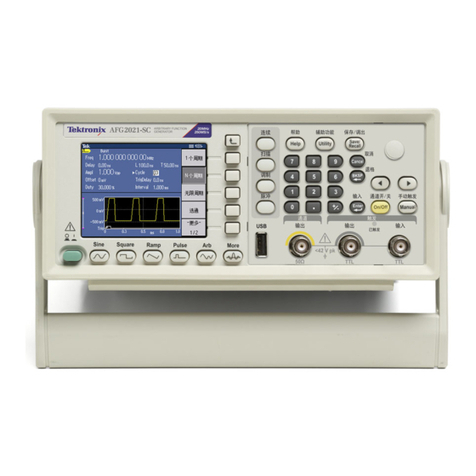
Tektronix
Tektronix AFG2021 Manual
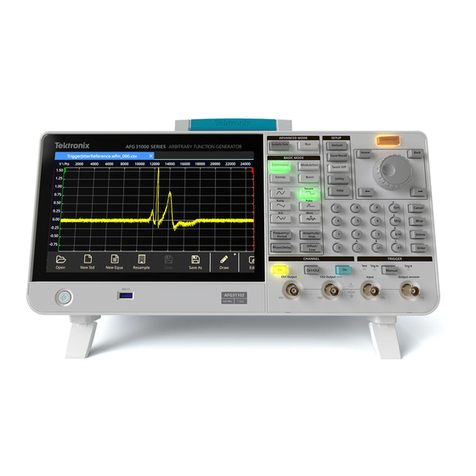
Tektronix
Tektronix AFG31000 Series Use and care manual
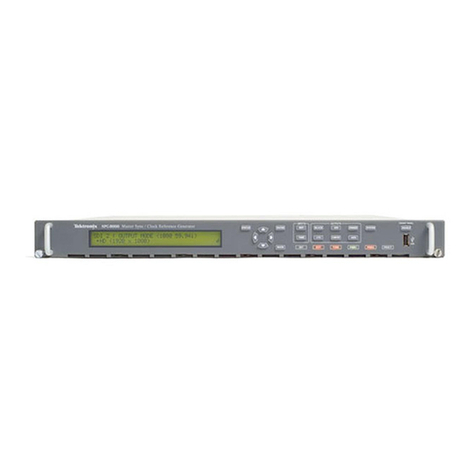
Tektronix
Tektronix SPG8000A User manual
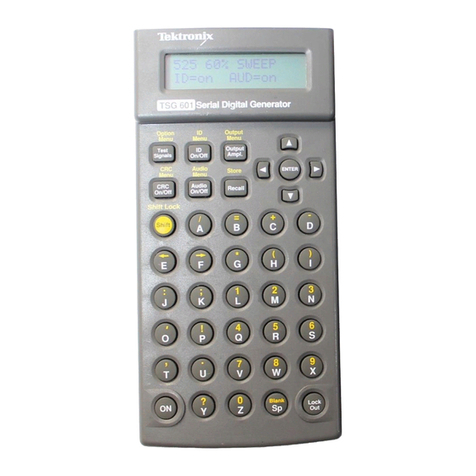
Tektronix
Tektronix TSG 601 User manual
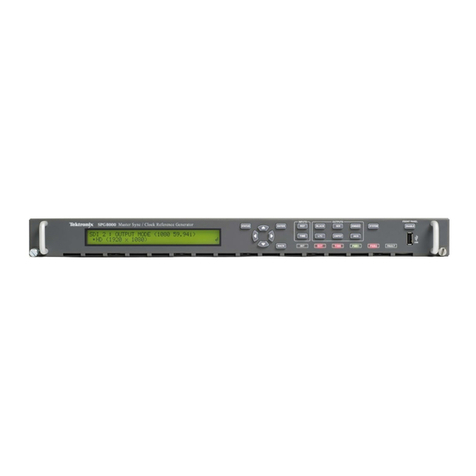
Tektronix
Tektronix Tektronix SPG8000 Use and care manual
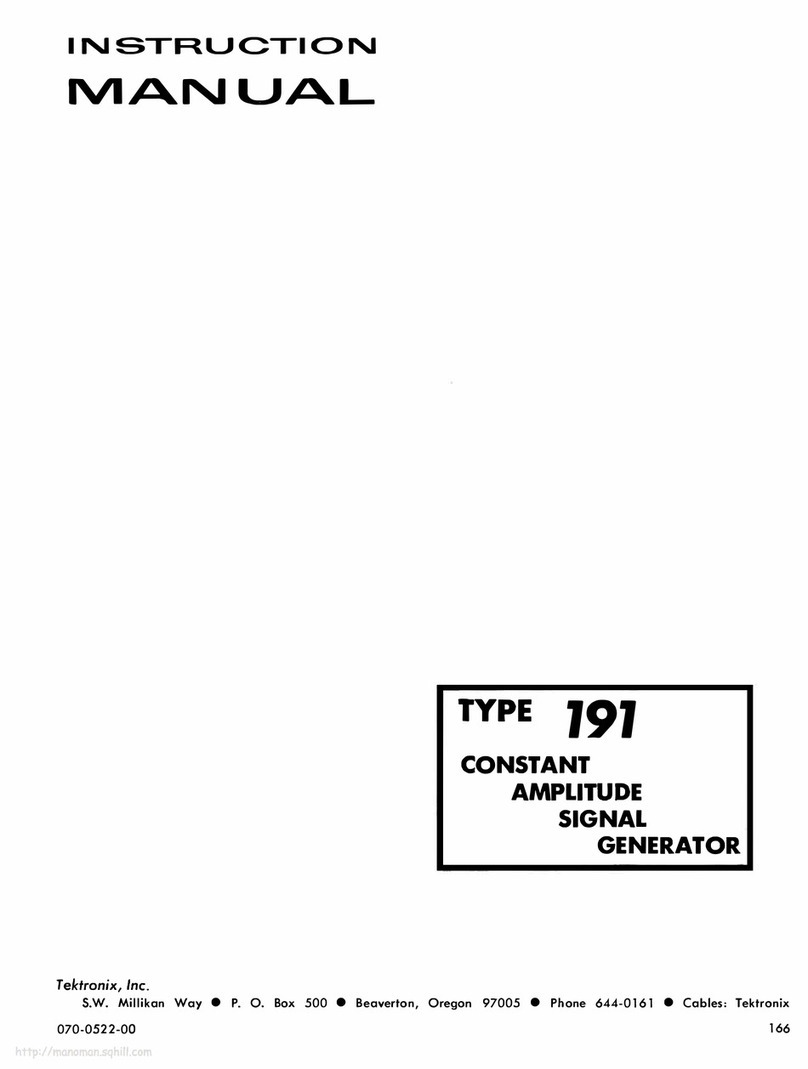
Tektronix
Tektronix 191 User manual
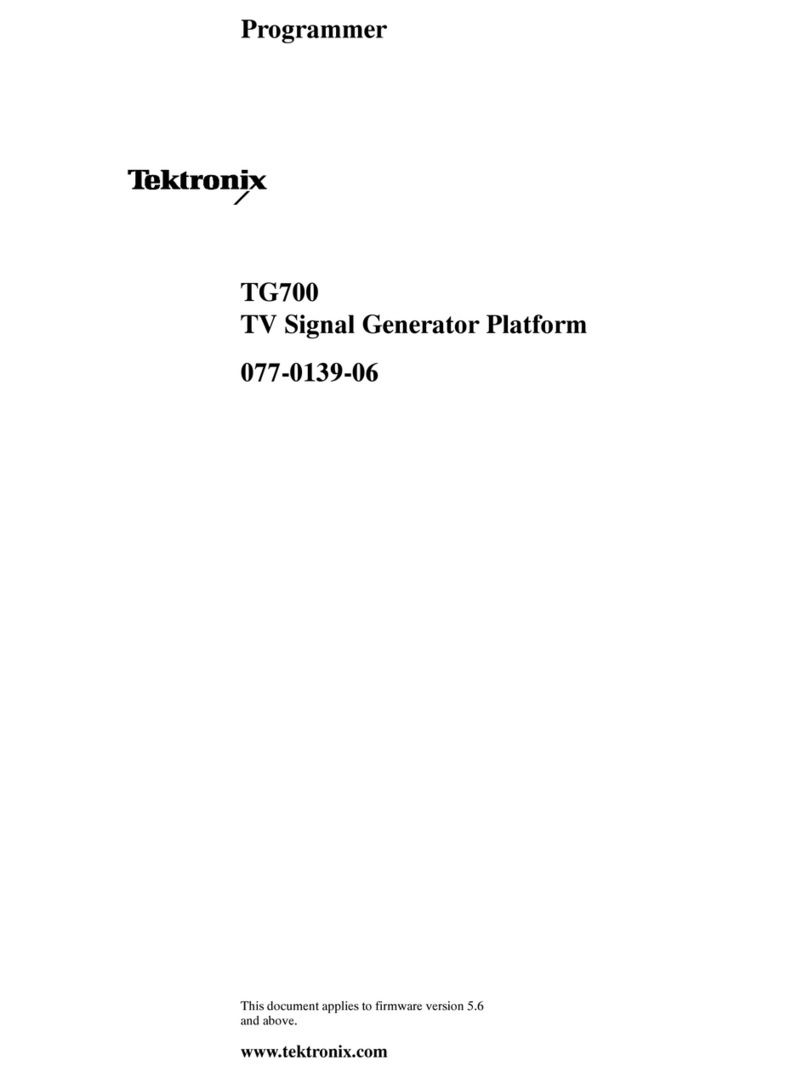
Tektronix
Tektronix TG700 Owner's manual
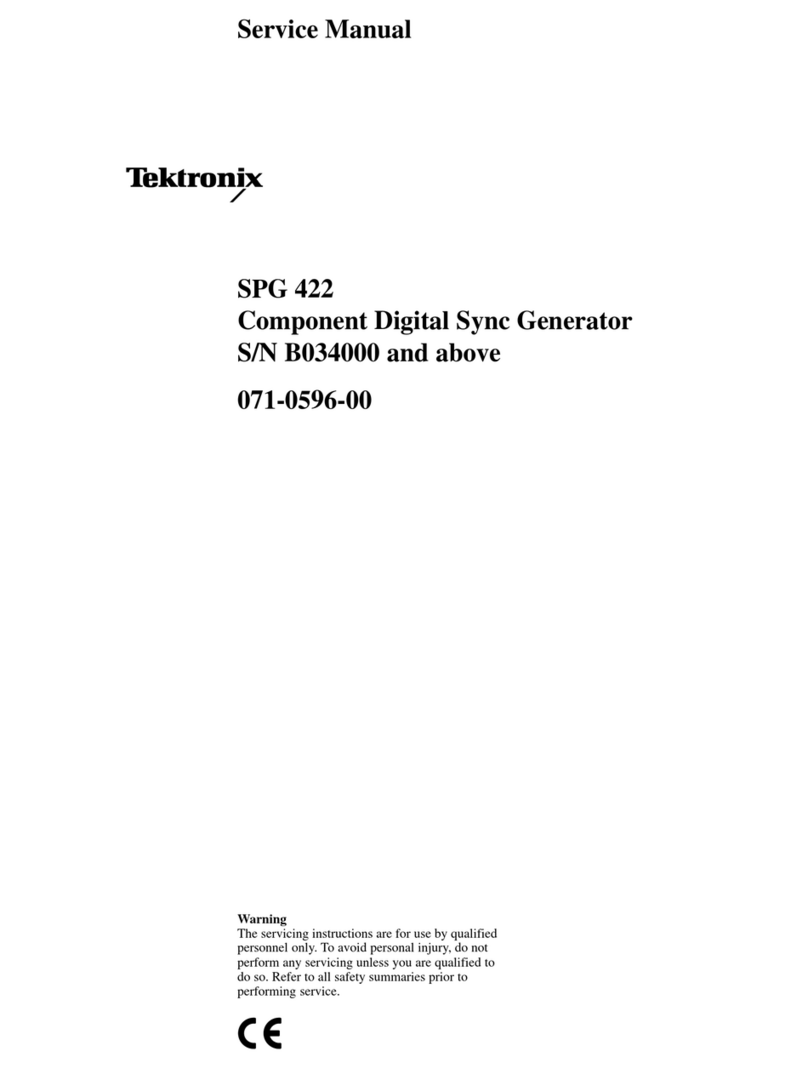
Tektronix
Tektronix SPG 422 User manual

Tektronix
Tektronix AFG2021 Operating and maintenance manual

Tektronix
Tektronix PPG3000 Series Installation and maintenance instructions
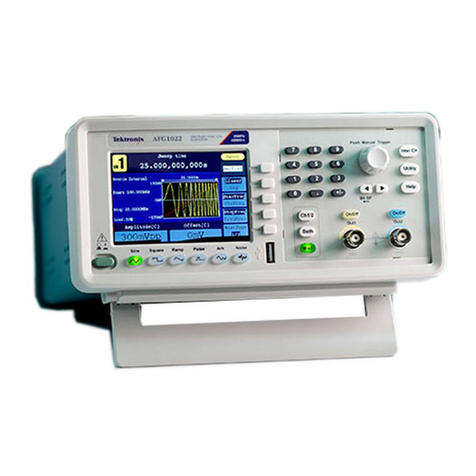
Tektronix
Tektronix AFG1000 Series User manual

Tektronix
Tektronix Tektronix SPG8000 Manual

Tektronix
Tektronix 1910 User manual
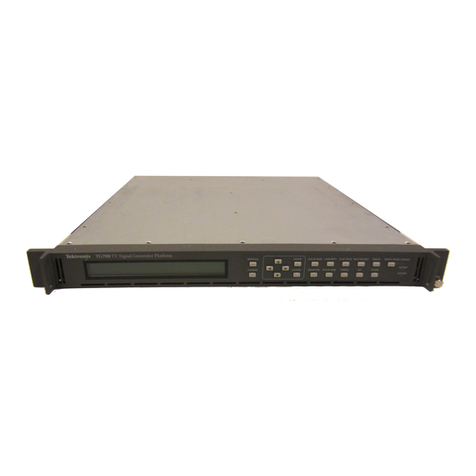
Tektronix
Tektronix TG700 User manual
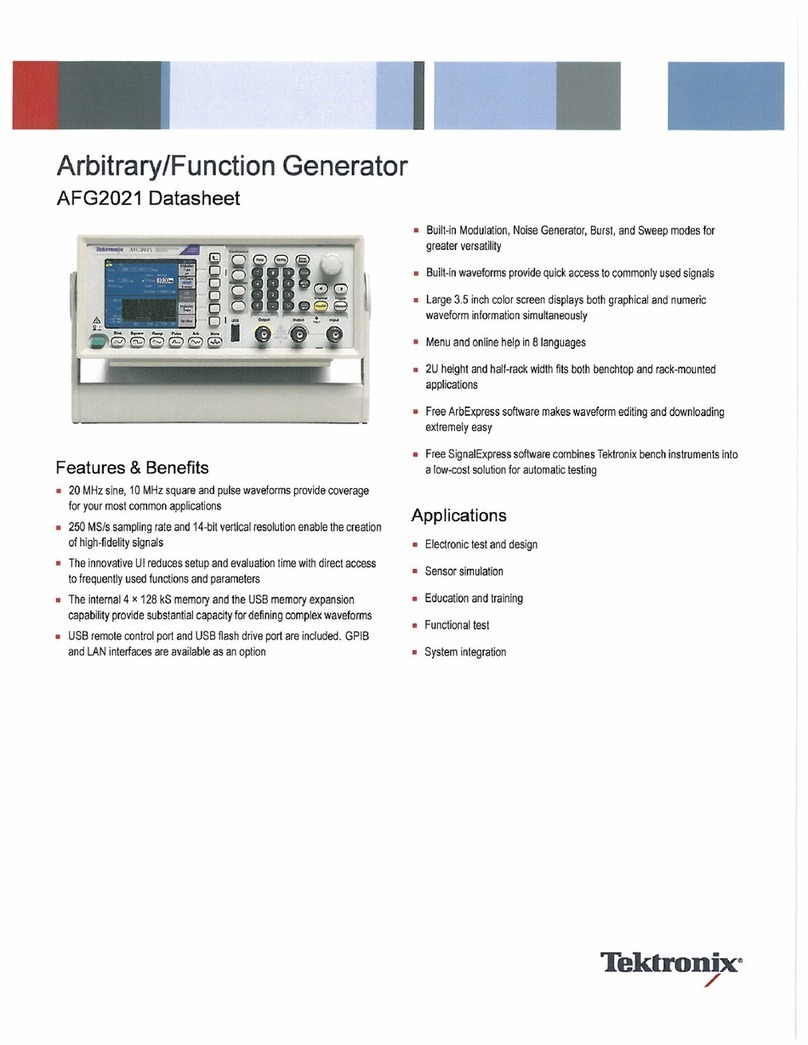
Tektronix
Tektronix AFG2021 User manual
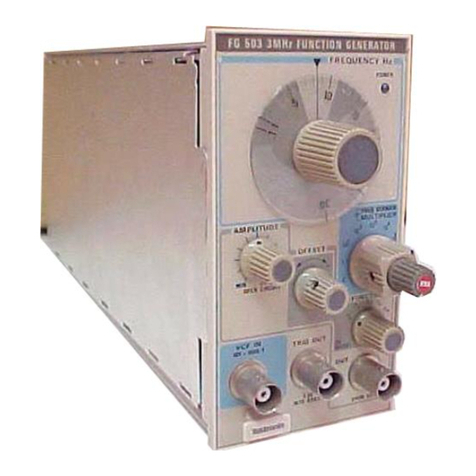
Tektronix
Tektronix FG503 User manual
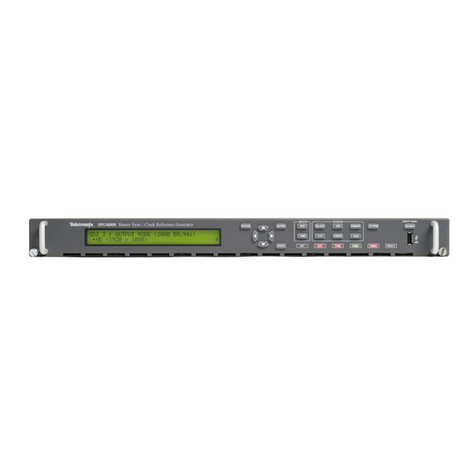
Tektronix
Tektronix Tektronix SPG8000 User manual
Popular Inverter manuals by other brands

BARRON
BARRON EXITRONIX Tucson Micro Series installation instructions

Baumer
Baumer HUBNER TDP 0,2 Series Mounting and operating instructions

electroil
electroil ITTPD11W-RS-BC Operation and Maintenance Handbook

Silicon Solar
Silicon Solar TPS555-1230 instruction manual

Mission Critical
Mission Critical Xantrex Freedom SW-RVC owner's guide

HP
HP 3312A Operating and service manual
